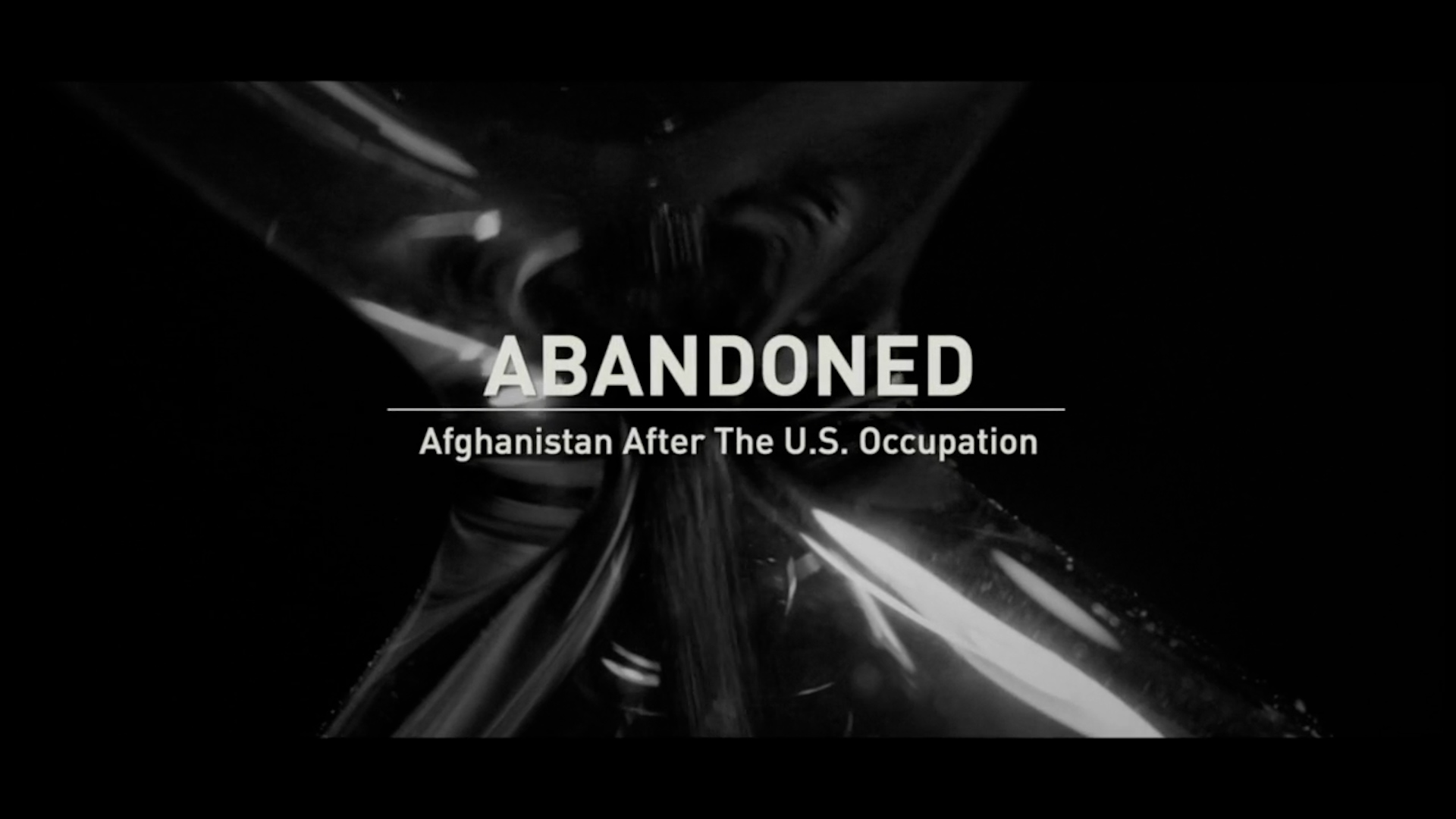59:00

Following the 2001 U.S.-led invasion that ousted the Taliban, Afghanistan had less than 50 miles of paved roads in the entire country. A 2,000-mile national highway network connecting major cities had been pulverized by decades of war and neglect.
Confident that it would become the backbone of a functioning state, the U.S. invested billions in road construction and improvements to ease trade and reinforce government control across 34 provinces. Despite the improvements made, highways became the defining crucible of the war: a deadly gauntlet where thousands of Afghan forces and civilians perished, commerce was thwarted and development funds stolen with impunity.
Two decades later, U.S. forces are gone and the roads are a mess, symbolic of an occupation tainted by graft and wasted opportunity. But the roads are also a prism through which to view what the new Taliban government is struggling with, as it attempts to rule a broken, war-weary nation.
Starting in Kandahar, the birthplace of the Taliban, co-directors Jason Motlagh and Mark Oltmanns drive to the northeastern province of Badakhshan, a mountainous region that is living under Taliban rule for the first time. Traveling over 1,000 miles and taking many detours, they explore how the Taliban was able to oust the most powerful military in the world, the plight of women and girls living under draconian restrictions, an economy in crisis, and the return to a Taliban justice system that is harsh yet efficient.
One year after the U.S. withdrawal, Afghanistan's dark past haunts the present -- and the future looks bleaker by the day.
For more, check out our exclusive content on CGTN Now and subscribe to our weekly newsletter, The China Report.